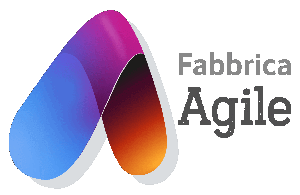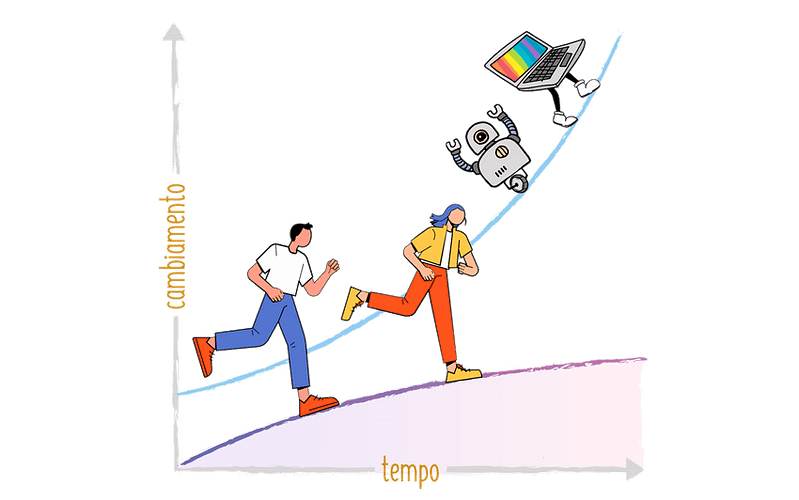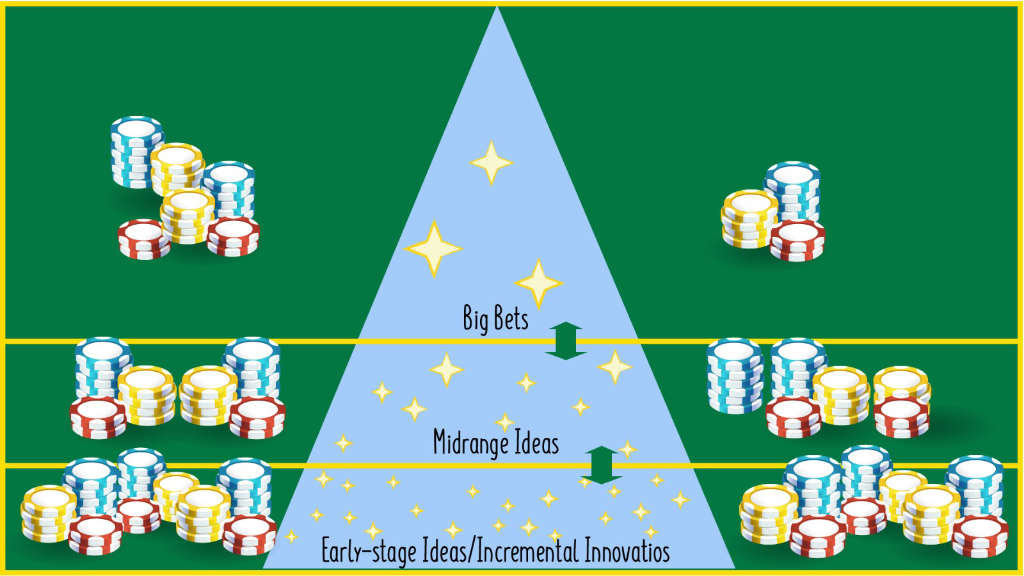Digital transformation tools strongly enable agile development of hardware products while at the same time being a challenge.
The challenge on the part of operational people is ongoing commitment to their adoption and use.
The challenge on the part of management is in knowing how to choose which technologies to adopt and which to leave out, and equally difficult, how to integrate them with each other.
In the new paradigm of Industry 5.0, technology is at the service of people, and, people’s behavior in the face of innovation is a factor of possible criticality.
As is indicated in N. Perkin and P. Abraham’s book “Building the Agile Business through Digital Transformation: How to Lead Digital Transformation in Your Workplace” there is a gap between the speed at which technology evolves and the ability of people to evolve.
I have been able to verify from direct experience in the company what the book claims:
technology evolves exponentially while people evolve parabolically, until they reach a kind of saturation plateau.

In my business experience, I have been faced with two different aspects of pursuing digital technology.
- The incremental introduction of new features to already adopted technologies (incremental innovation)
- The introduction of digital technologies that were completely new to the company or constituted a major leap in functionality from the previous situation (disruptive or disruptive innovation)
In this newsletter I wish to address the first issue.
In the case of incremental innovation we are, fortunately, dealing with people who already employ an existing technology.
Here we need to understand that people do not have an a priori opposition to adopt new features.
People carefully evaluate these aspects:
- What impact does the adoption of these new features have, in accelerating or enhancing their work.
- How much training effort is required of them to fully learn these new features.
- How much less performance is acceptable, in the initial phase of adoption of the new features.
As such, the company is required to consider the costs and benefits of these new features by evaluating the training time and time to go live.
Productivity temporarily suffers.
I remember vividly the assessments made with my teams on the following issues:
- Frequency of updates of 3D CAD releases
- Frequency of updating the Agile planning system with new features
- Frequency of updating the PLM with new features
- Frequency of updating the CRM system-Commercial-technical configurator
The most important issue for those coaching people is not so much the training impact, which is normally supportable in the initial phase with a few hours of classroom time, but the onerous support for users in the operational phase until full utilization.
This is a very large effort when we consider that it can affect hundreds of people.
The solution that worked best for me was to create Communities of Practice (CoPs or Communities of Practice).
I recall the following communities we have established:
- CoP of Scrum Masters for Agile Project Management
- CoP for 3D CAD and Viewers
- CoP for traditional PLM and deployment PLM
- CoP for Product Catalog and Technical Sales Configurator
With CoPs, each team or department involved provides a motivated person to invest time in the in-depth study of a specific topic and/or tool.
These people are empowered by the company to take the time to evaluate the new features and to act as support to colleagues.
Stopping at this aspect is not enough, because a great advantage of digitization is to develop basic elements or templates from which to build new things.
In fact, when possible, it is better to start from a semi-finished product than to start from scratch.
Developing these templates and training users to use them goes beyond the functionality of the tools and is part of knowledge creation and sharing.
CoPs are a solution, particularly because, their establishment alone means the company’s intention, to set times aside for ongoing training and knowledge management.
In this way, teams have a sort of change agent embedded in the team itself, and this makes a big difference.





